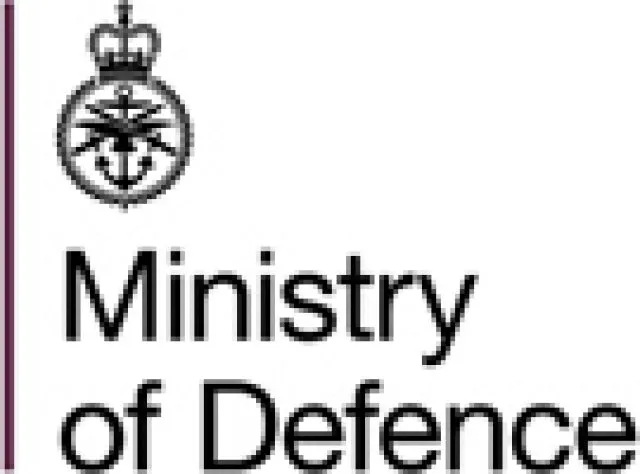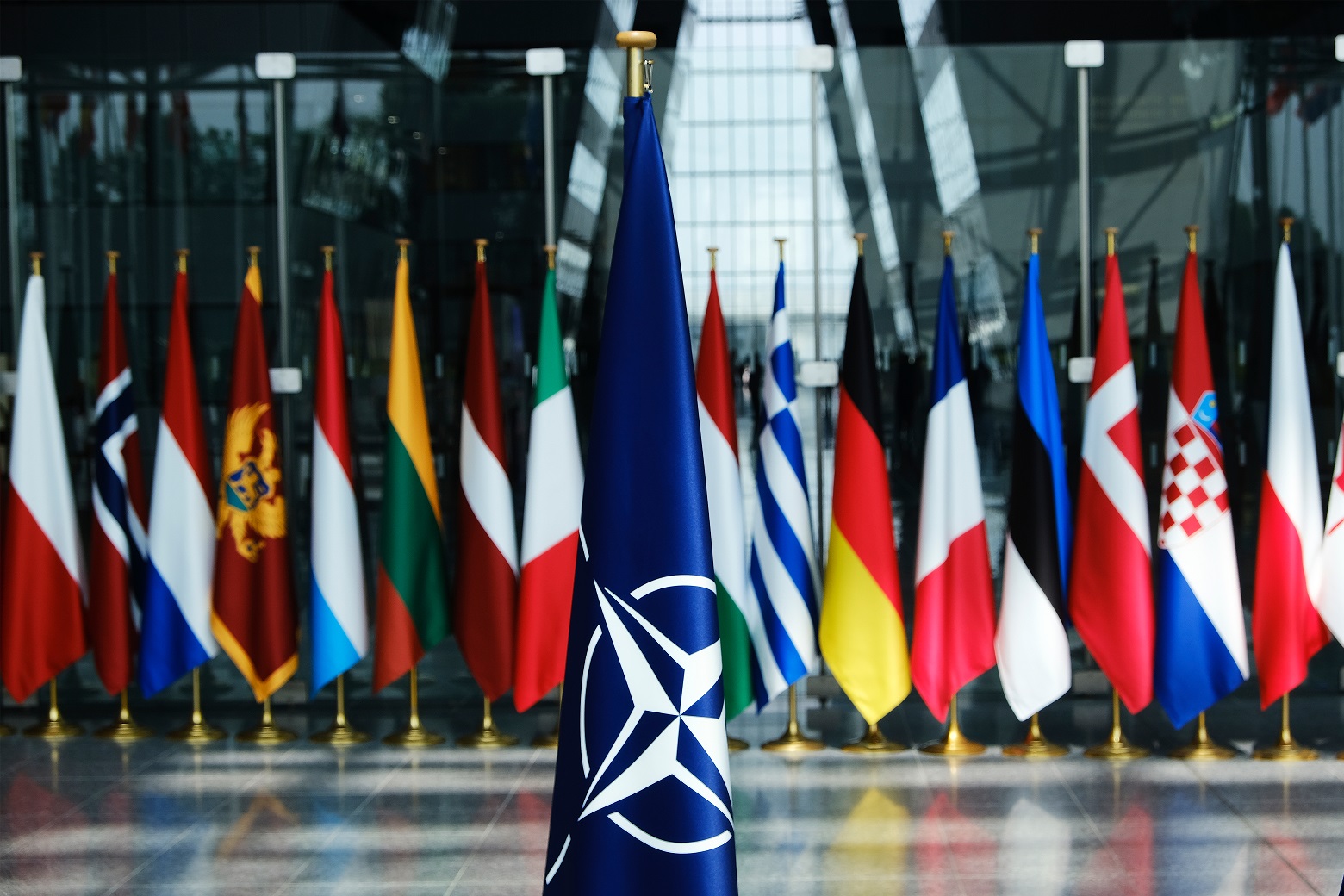- NATO should ensure to continuously review its deterrence and defence posture, so that it remains fit for purpose in the face of a changing strategic environment. In particular, NATO’s nuclear deterrent should address the following contingencies: 1) Russia in the aftermath of the Ukrainian conflict, where it is conventionally weaker and feels increasingly vulnerable; 2) China’s nuclear expansion; 3) the ‘two peer problem,’ including the risk of opportunistic aggression when the US is engaged in another geographical domain; and 4) further erosion of nuclear arms control architecture.
- NATO’s key strength is its unity. NATO’s recent expansion in the High North also provides important strategic opportunities for the Alliance. The DCA mission was also noted as a key strength, as a means for signalling unity and resolve. Overall, the Vilnius Summit represented a positive momentum for developing NATO’s deterrent posture.
- The Alliance can, however, sometimes be too slow in making progress, with some highlighting that NATO was operating from a very low base. Allies should not only be addressing current threats, but also consider the long-term when assessing and developing their deterrence posture. Some focussed on NATO’s nuclear posture, proposing to supplement the Alliance’s tactical nuclear capabilities in order to increase flexibility and survivability. Furthermore, it was also argued that the Alliance should address its lack of unity in the International fora (e.g., at the NPT Review Conference, at the NPT PrepCom, or at the TPNW Meeting of States Parties), which hinders the Alliance’s cohesion and unity in the international community.
- Some participants highlighted the lack of capacities within NATO that should be addressed. On the conventional side, participants generally agreed that NATO Allies should invest in deep precision conventional strike capabilities and ballistic missile defence—as could allow NATO to have a strategic advantage over Russia, without seeking to ‘mirror’ their nuclear arsenal. One proposal was to broaden the nuclear sharing mission, for example, through increasing DCA participation, setting up DCA dispersal locations, or through adding additional tactical nuclear capabilities. One participant argued that increasing nuclear capabilities would convince Russia to come back to the arms control table. On the other hand, there were some concerns that this might fuel an arms race with Russia.
Jacklyn Majnemer & Eva-Nour Repussard
Wilton Park, September 2023
In partnership with



-
Notes
Wilton Park reports are brief summaries of the main points and conclusions of a
conference. The reports reflect rapporteurs’ personal interpretations of the proceedings.
As such they do not constitute any institutional policy of Wilton Park nor do they
necessarily represent the views of the rapporteur. Wilton Park reports and any
recommendations contained therein are for participants and are not a statement of policy
for Wilton Park, the Foreign, Commonwealth and Development Office (FCDO) or His
Majesty’s Government.
Should you wish to read other Wilton Park reports, or participate in upcoming Wilton Park
events, you can find out more here.
To receive our monthly bulletin and latest updates, please subscribe here.
